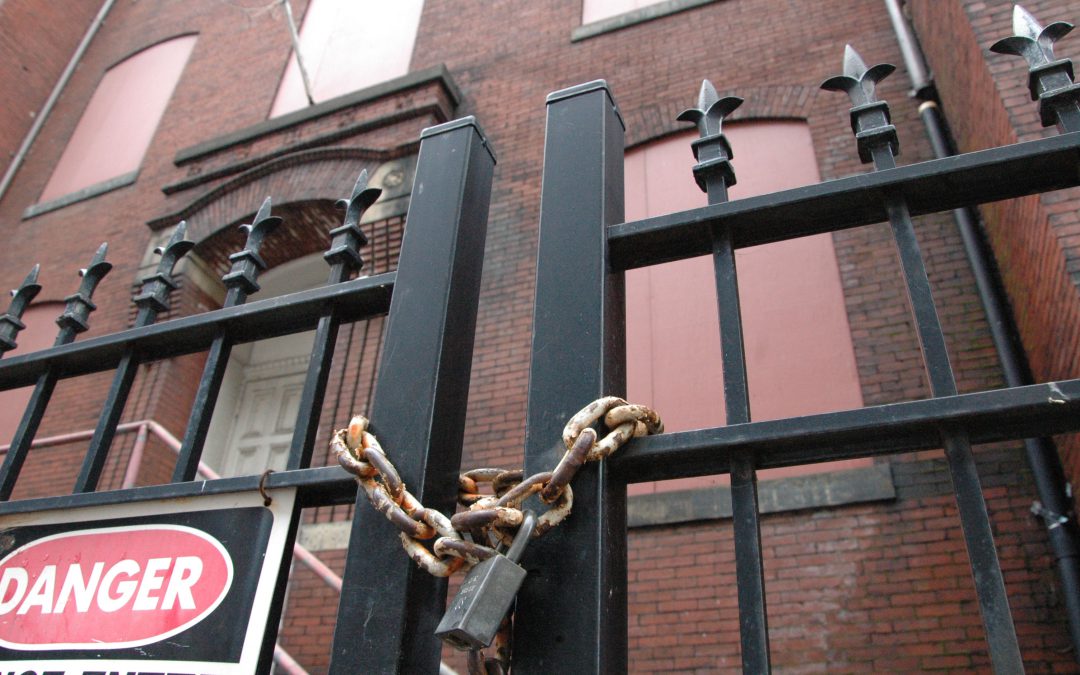WASHINGTON — From Vermont to California, governors and housing associations agree Americans in rural and urban areas are facing a housing affordability crisis.
While governors did not hold a formal discussion on housing challenges during the National Governors Association annual winter meeting, they agreed residents are feeling the sting of rising rent and housing costs because the country is not building enough homes.
Democratic Gov. Tim Walz of Minnesota said his residents are having issues at all price levels and it’s affecting young families. His state also has to work on maintaining existing buildings.
“So in one place, the builders tell us the rent’s too high because if I build, I’m not going to be able to fill ‘em with these folks who can’t afford it,” Walz said. “On the other end, they say the rent’s too low, that nobody’s used to paying more than $800 a month or what it might be.”
Minnesota is not unique. Vermont, while dealing with an aging population, is also tackling the issue of affordable housing.
Republican Gov. Phil Scott said in an effort to attract more families, Vermont passed a $35 million housing bond last year that’s leveraging another $65 million in private assets — the single largest investment the state has made in housing.
“We’re just seeing the results of that investment start-ups and so forth,” Scott said. “But we’re not resting on our laurels either. There’s some other opportunities.”
Those include taking care of the Vermont’s old housing stock to renovate and upgrade with more efficient fixtures, he said.
Other states are using bonds to create a public-private partnership too. Meanwhile, cities like Minneapolis are “up-zoning” to create greater density.
Gov. Mark Gordon, a Wyoming Republican, said there is always a need for more housing and it’s a supply and demand problem.
Meanwhile, Gov. Lou Leon Guerrero of Guam said her territory has a high demand for housing, but they do not have enough workers.
Guam uses a lot of H-2B visa applicants from the Philippines, she said, but three years ago, the Department of Homeland Security decided to “disapprove” their petitions for workers in the interest of national security. Recently, the federal government announced it is taking the Philippines out of eligible countries for H-2B work visas, Leon Guerrero said.
“Our pipeline has just been totally shut off,” she said. “As a result of that, the cost of construction has gone up and cost of houses have gone up.”
A Democrat, Leon Guerrero said she’s trying to work with D.C. officials to make an exception for Guam, but until then, the supply for affordable homes is not enough to keep up with demand.
The National Apartment Association estimates the country will need another 4.6 million housing units by 2030 or will need to build about 330,000 new developments a year. The goal has not been met consistently over the past decade.
Pinnegar said as contractors try to anticipate the direction of the housing market, costs for materials have increased.
“Every challenge you have is the costs and the delays,” NAA CEO Robert Pinnegar said. “All these things push the price higher and higher.”
“The states have been called a laboratory for democracy,” Jim Lapides, National Multifamily Housing Council vice president, wrote in an email, “but they are now a testing ground for different approaches to address housing affordability.”
He said regulations take up 32% of all development costs.
“Luckily we are seeing many state governments begin to take action to help encourage new housing and remove local barriers to construction,” Lapides said.
According to Adrianne Todman, CEO of the National Association of Housing and Redevelopment Officials, housing affects all aspects of a state’s economy.
When people can’t live close to work because there is not enough housing or it’s too costly, she said, this impacts businesses’ abilities to attract employees.
“Without the ability to have housing that is available to the folks who make the world turn, you might not have a successful business,” Todman said.


